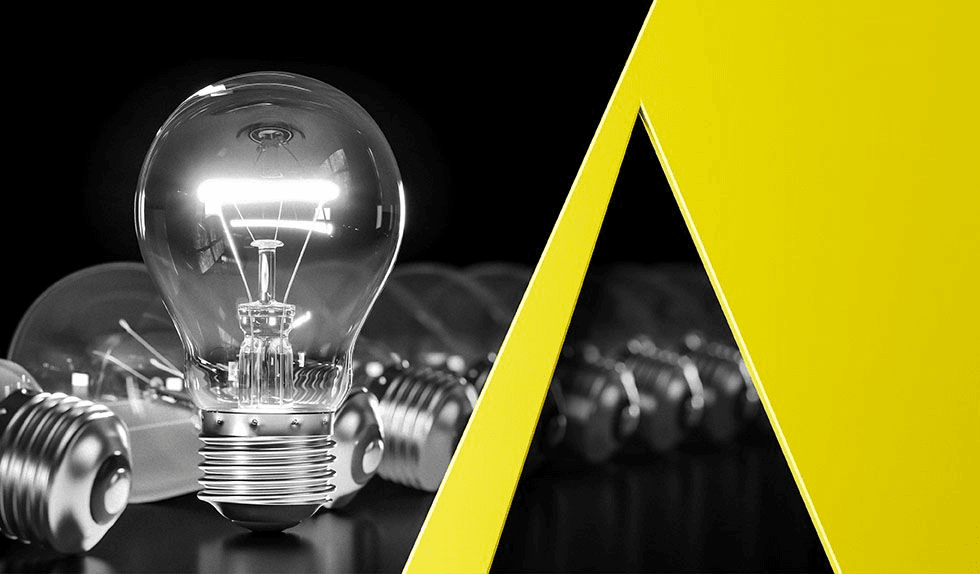The patent at issue claimed a system for selling certain types of customer data using a particular type of software. The plaintiff alleged “upon information and belief” that the defendant had partnered with one or more data sellers, had set up a website that used software designed by the one or more data sellers, and that the software infringed the patent.
The court ruled that the complaint failed to state a plausible claim for patent infringement. The court explained that the plaintiff had relied upon a series of assumptions that amounted to alleging the defendant infringed the patent because the website functioned in a way that could be achieved using the software of the patent.
The court rejected the plaintiff’s argument that the complaint was sufficient, finding that the plaintiff had essentially argued that a “form complaint” was all that was needed. The court explained that such complaints were no longer sufficient because Rule 84, the authorizing rule, had been abrogated. The court further explained that a plaintiff need not plead facts showing that every claim limitation is met, but must show how the defendant plausibly infringes the patent by alleging facts that connect the conduct to the claim limitations. Because the plaintiff had only speculated as to how the defendant’s website operated to give access to customer data, and that the method of accessing the data was a critical part of the patent’s claims, the complaint was fatally defective. The court explained that the “sheer possibility” of infringement was insufficient to withstand the motion to dismiss.
The court concluded by recognizing the problem faced by a plaintiff who lacked insight into the defendant’s operations, and who would find it difficult to gain insight without civil discovery. But the court rejected the notion that a case could proceed on assumptions and allegations of similarity between products. Rather, the complaint must allege facts to raise a reasonable expectation that discovery will reveal evidence to support the claim for relief. Therefore, the plaintiff must determine first whether it has a claim.
Practice tip:
The pleading standards place the burden on the plaintiff to investigate and make factual allegations that plausibly, not possibly, show a defendant infringes the patent. A complaint that makes an infringement allegation founded on a series of assumptions may be highly susceptible to dismissal under the federal rules governing the sufficiency pleadings.
DataWidget, LLC v. Rocket Science Group LLC, 20-cv-02961 (N.D. Ga. Mar. 7, 2022)


